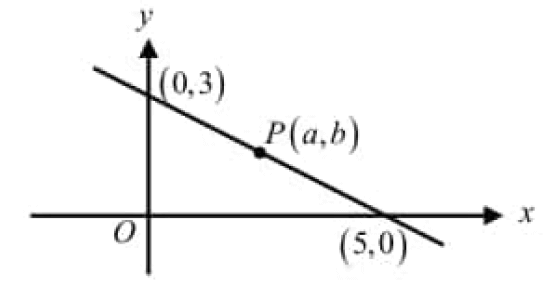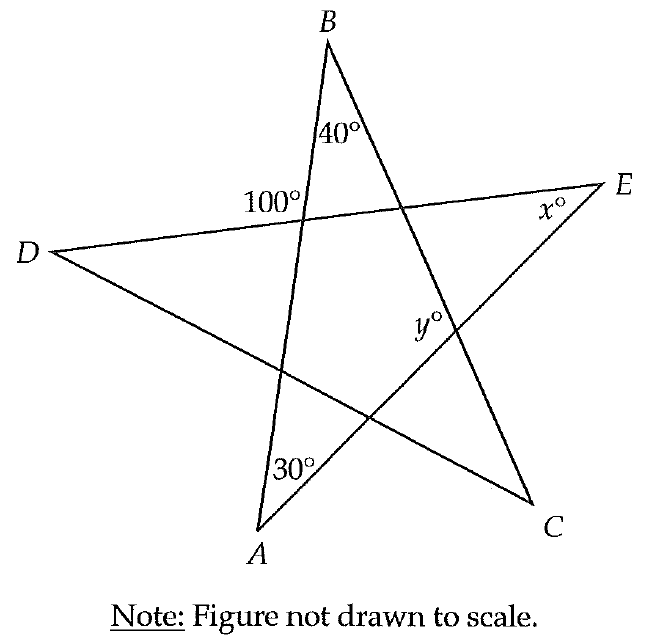PROPERTIES OF BINOMIAL DISTRIBUTION
1. Binomial distribution is applicable when the trials are independent and each trial has just two outcomes success and failure.
It is applied in coin tossing experiments, sampling inspection plan, genetic experiments and so on.
2. Binomial distribution is known as bi-parametric distribution as it is characterized by two parameters n and p.
This means that if the values of n and p are known, then the distribution is known completely.
3. The mean of the binomial distribution is given by
μ = np
4. Depending on the values of the two parameters, binomial distribution may be uni-modal or bi-modal.
To know the mode of binomial distribution, first we have to find the value of (n + 1)p.
(n + 1)p is a non integer ----> Uni-modal
Here, the mode = the largest integer contained in (n+1)p
(n + 1)p is a integer ----> Bi-modal
Here, the mode = (n + 1)p, (n + 1)p - 1
5. The variance of the binomial distribution is given by
σ2 = npq
6. Since p and q are numerically less than or equal to 1,
npq < np
That is, variance of a binomial variable is always less than its mean.
7. Variance of binomial variable X attains its maximum value at p = q = 0.5 and this maximum value is n/4.
8. Additive property of binomial distribution.
Let X and Y be the two independent binomial variables.
X is having the parameters n1 and p
and
Y is having the parameters n2 and p.
Then (X + Y) will also be a binomial variable with the parameters (n1 + n2) and p
Solving Problems Using the Properties of Binomial Distribution
Problem 1 :
Find the binomial distribution for which mean and standard deviation are 6 and 4 respectively.
Solution :
Mean = 6 ----> np = 6 ----(1)
Standard deviation = 2
Then, variance = 4 ----> npq = 4 ------(2)
Dividing (2) by (1), we get q = 2/3.
And we know that p = 1 - q
Thus, we get p = 1/3
Plugging p = 1/3 in (1), we get
n x 1/3 = 6
n = 18
Now, we know the values of n, p and q.
Therefore, the required binomial distribution is given by
f(x) = ncx ⋅ px ⋅ qn-x
= 18cx ⋅ (1/3)x ⋅ (2/3)n-x
for x = 0, 1, 2, 3, ......, 18.
Problem 2 :
What is the mode of the distribution for which mean and variance are 10 and 5 respectively.
Solution :
Mean = 10 ----> np = 10 ----(1)
Variance = 5 ----> npq = 5 ----(2)
Dividing (2) by (1),
q = 1/2
And we know that p = 1 - q. Thus, we get p = 1/2.
Substitute p = 1/2 in (1).
n x 1/2 = 10
n = 20
To know the mode of a binomial distribution, first we have to know the value of (n + 1)p.
(n + 1)p = (20 + 1) x 1/2 = 10.5
Since the value of (n + 1)p is a non integer, the given binomial distribution is uni-modal.
Hence mode = Largest integer contained in (n + 1)p
= Largest integer contained in (20 + 1) x 1/2
= Largest integer contained in 10.50
= 10
Kindly mail your feedback to v4formath@gmail.com
We always appreciate your feedback.
©All rights reserved. onlinemath4all.com
Recent Articles
-
Digital SAT Math Problems and Solutions (Part - 134)
Apr 02, 25 12:40 AM
Digital SAT Math Problems and Solutions (Part - 134) -
SAT Math Resources (Videos, Concepts, Worksheets and More)
Apr 02, 25 12:35 AM
SAT Math Resources (Videos, Concepts, Worksheets and More) -
Digital SAT Math Problems and Solutions (Part 135)
Apr 02, 25 12:32 AM
Digital SAT Math Problems and Solutions (Part 135)

